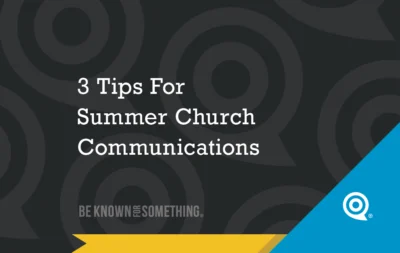
Church SEO: Branding Terms Defined
Everyone likes to be found: that’s why Church SEO is important. Especially being found on Google (or Yahoo, Bing, etc.)

Everywhere you turn (or google), it’s obvious that local church leaders and Pastors are copying each other. The same sermon series, same graphics, same communication strategies. In fact, I recently saw one church using a very similar logo from another church. Ugh.
According to them, they’re in a different area of the country so “it’s fine”.
Putting legal copyright and trademark issues aside (reluctantly), I’m not sure ethically if we should be freely sharing, borrowing or outright stealing ideas, concepts, or artwork. But no matter how many in the communications world throw up caution, I don’t think it’s slowed. It’s so much of a problem that many don’t see it as a problem.
Since it appears many will continue to get “inspiration” from other congregations, may I offer 3 huge cautions before using creative from other churches:
The biggest issue in all of this? Many churches haven’t done the groundwork for good church communications and branding (I’d suggest my book, “Be Known For Something | Reconnect with Community by Revitalizing Your Church’s Reputation” to get started). Often, after success from using another church’s materials, it becomes a crutch and it becomes difficult to reach the standard of the other church’s work. There’s no better time to start doing original work. Who knows, it may turn out so well that others will want to copy you!

Everyone likes to be found: that’s why Church SEO is important. Especially being found on Google (or Yahoo, Bing, etc.)

When I’ve taught Sunday School classes, I’m always amazed how attendance fluctuated very little each week yet we had different

Church Rebranding, it’s all the rage. And it’s a great trend. In fact, if you haven’t branded or rebranded in
Discover your thread®. Be Known for Something® relevant and needed. Pastor, control your church brand and be heard again.
– Discover Your Audience
– Build Your Brand
– Communicate & Be Heard
Communicate so your congregation & community pays attention to your website, social media, & email!
We'll never spam you. Unsubscribe anytime.
